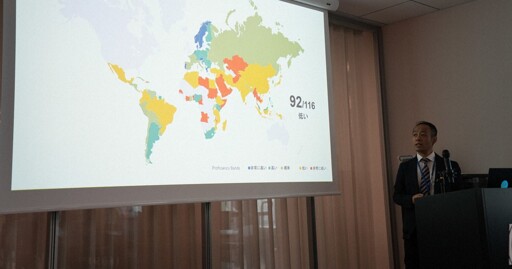Summary
Japan’s English proficiency ranking dropped to 92nd out of 116 countries, the lowest ever recorded.
The decline is attributed to stagnant English proficiency among young people, particularly due to the COVID-19 pandemic.
The Netherlands ranked first, followed by European countries, while the Philippines and Malaysia ranked 22nd and 26th, respectively.



The stuff about “w” is wrong, but there’s a good reason you would think this. The lip shape for the “w” sound in English and Japanese is different; in English the shape is like English “u”, and in Japanese the shape is like Japanese “u”, but you definitely shouldn’t have an actual “u” sound.
I think, especially considering your comment about ホワイト howaito, that you’re confusing two things. There are English dialects which have two separate “w”-like sounds, one of which is typically written “wh” and the other “w”. (To my ear, this distinctiln also sounds old-fashioned.) In these dialects, “w” as in “water” and “wood” is pronounced like you would expect, whereas “wh” as in “who” and “what” is pronounced somewhat like an “h” sound followed by just-“w” sound. I don’t think the “wh” sound is used for all instances of “w” in any dialect; in fact, most dialects have just the “w” sound.
This is false, they only do this for “wh” sounds (and maybe not even for all of them). Counterexamples to your claim are easy: ウェイトレス weitoresu = waitress, ワット watto = watt, etc.
That… Is all true. I guess I was basically spreading misinformation.